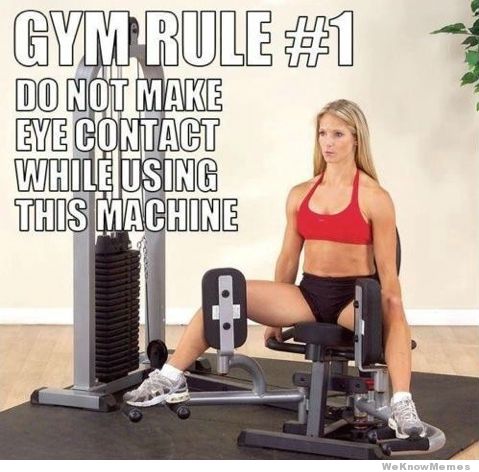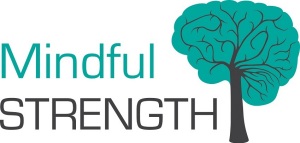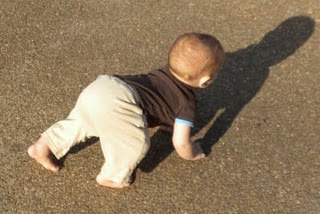Sit down less, lie down more
I was recently drawn into a discussion with another fit-pro about the whole ‘weight machines vs free weights’ discussion. For those who don’t know in the 50’s/60’s commercial gyms expanded in number and were looking for a way to save the time and space that free weights took up. This led to the development of ‘weight machines’ and was the beginning of the destruction of human physical culture. I may be exaggerating, but I covered this previously in my blog ‘I hate functional training‘.
The discussion with my colleague turned to the fact that when you are seated in a ‘weight machine’ there is very little core muscular activation. What does this mean? Well, if you want to look good machines can be helpful for bulking up a specific muscle. You have a machine for biceps, one for triceps, one for quads, one for hamstrings, that ridiculous looking one for abductors/adductors that wouldn’t look out of play in a Gynaecologists clinic, etc. So if you have three days you can work your way through the whole anatomy.

Whilst you’re doing this though, you are seated and supported. This means that your core musculature does not have to stabilise you and transfer the loads you are lifting into the floor (because that’s just the way that Physics rolls!). So you’re kind of short changing yourself on a workout, if you are personally responsible for all of the forces involved in the movement of the weight you’re going to get a much better workout… functionally speaking. The down side of using the machines in a functional and ‘whole life’ sense is that you are now creating imbalances in your body that it isn’t designed to cope with.
You can leg press way more than you can squat (or can you?) but you may be lifting a weight heavier than your core can deal with. The legs/glutes get stronger in relation to the core than they are supposed to and you start getting back pain and mobility problems. It’s like trying to attach monster wheels onto a Yaris or Golf, you may be able to (somehow) but it’s going to look stupid and if you’re lucky it’ll only stall the engine (if you’re unlucky it’ll shear your drive shafts).
So in a standing free weight exercise you are constrained by your weakest link and this keeps everything ‘balanced’ (There are ways around this, but they force you to address your weak link, keeping you ‘honest’).
My colleague was suggesting a machine weights based programme with a side serving of swiss ball training to counteract the nasties that machine training can install in a human chassis. Now, I got quite deep into swiss ball training back in the early 2000’s, so much so that even now I have the balance to stand on one, or whilst kneeling perform one arm presses with a light kettlebell. But do you know what I mostly did in the early 2000’s…. waste my time. The time that it takes to set people up on the swiss ball correctly (and to be honest it is rarely done correctly) and then the time the students need to put into the exercises can be better spent… rolling around and crawling on the floor! A lot of studies coming out from the likes of movement Gurus Gray Cook and Lee Burton have shown the corrective value of crawling and rolling. This work has been picked up and developed into training systems such as Original Strength, Primal Move/Ground Force Method and MoveNat.
So my counterpoint to my colleague was:
- Eliminate the problems created by machine weight training by not doing it.
- Fix any gross asymmetries/movement problems by first addressing mobility issues and then look at rolling patterns and crawling. These patterns are already burried inside us from when we were babies and are quicker to dust off and retrain, then teach the swiss ball correctives
- Teach correct form in bodyweight, kettlebell, barbell and sandbag.
- Remove corrective exercise when possible, as correct technique in freeweight exercises has corrective qualities all of its own.
So, avoid the problems associated with machine weight training by doing bodyweight or freeweight alternatives. If you have core imbalances the quickest way to fix them is to find an FMS, Primal Move, Ground Force Method, Original Strength or MoveNat Instructor and have them work with you on restoring mobility, rolling and crawling. Eliminate corrective exercise when it is no longer required, correct exercise selection and technique should prevent you from ‘decaying back into dysfunction’.
‘Be fit, be strong, be happy.’
Colin ‘Point Dog’ Stewart is a former Engineer for the Ministry of Defence. He is currently the owner/head trainer of Mindful Strength. Colin is a StrongFirst Kettlebell, Bodyweight and Barbell certified instructor. He is also FMS, Primal Move and Ground Force Method certified… just in case you wanted to know.


